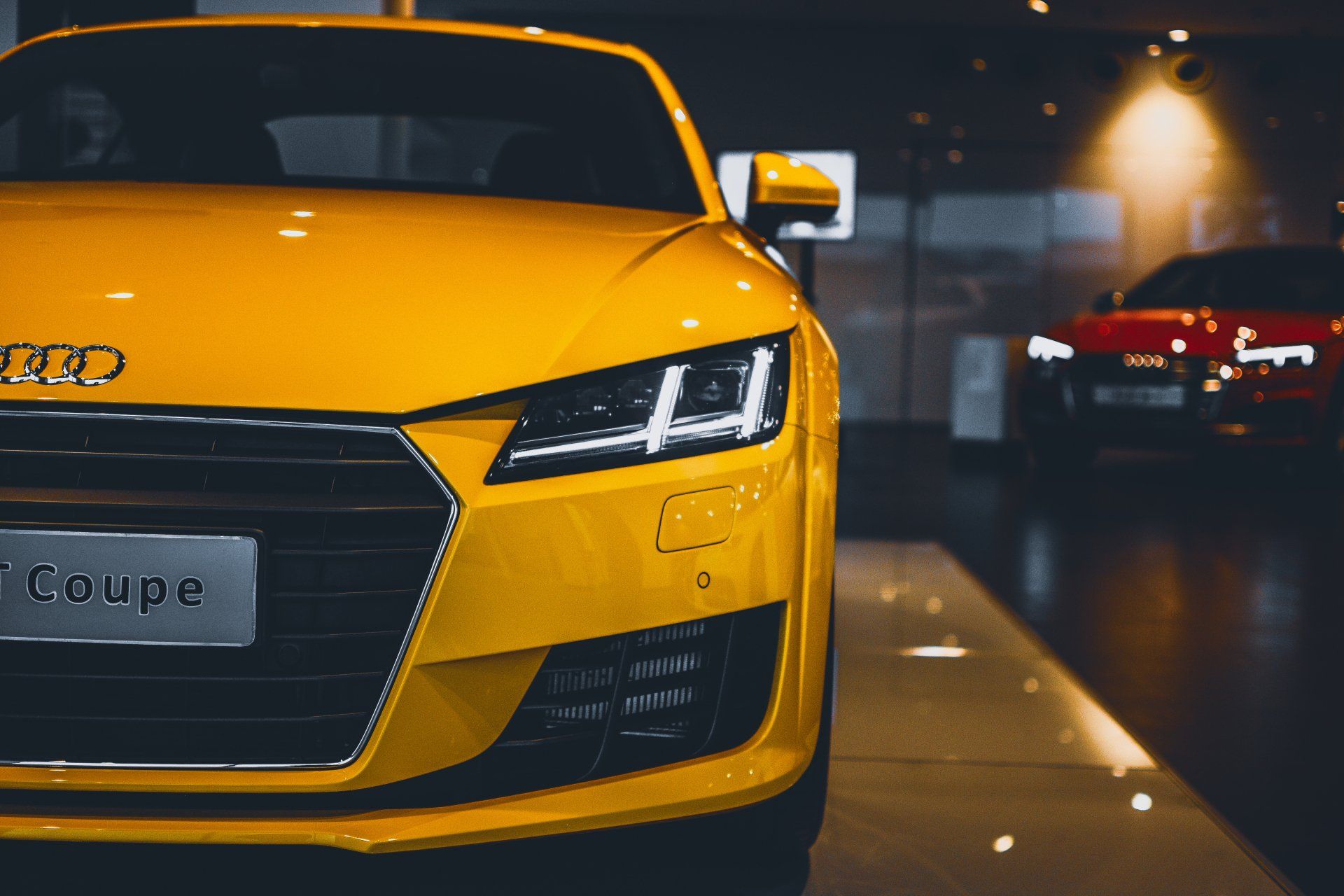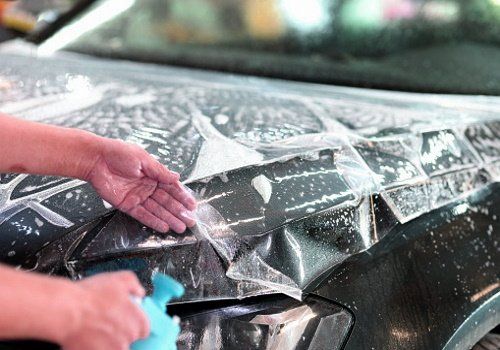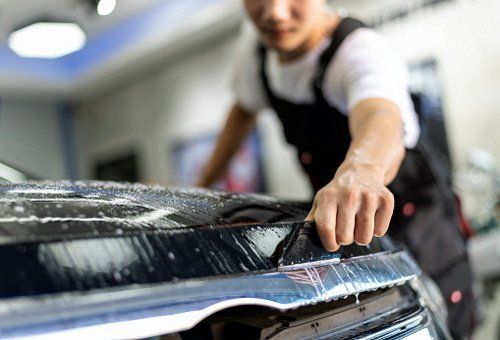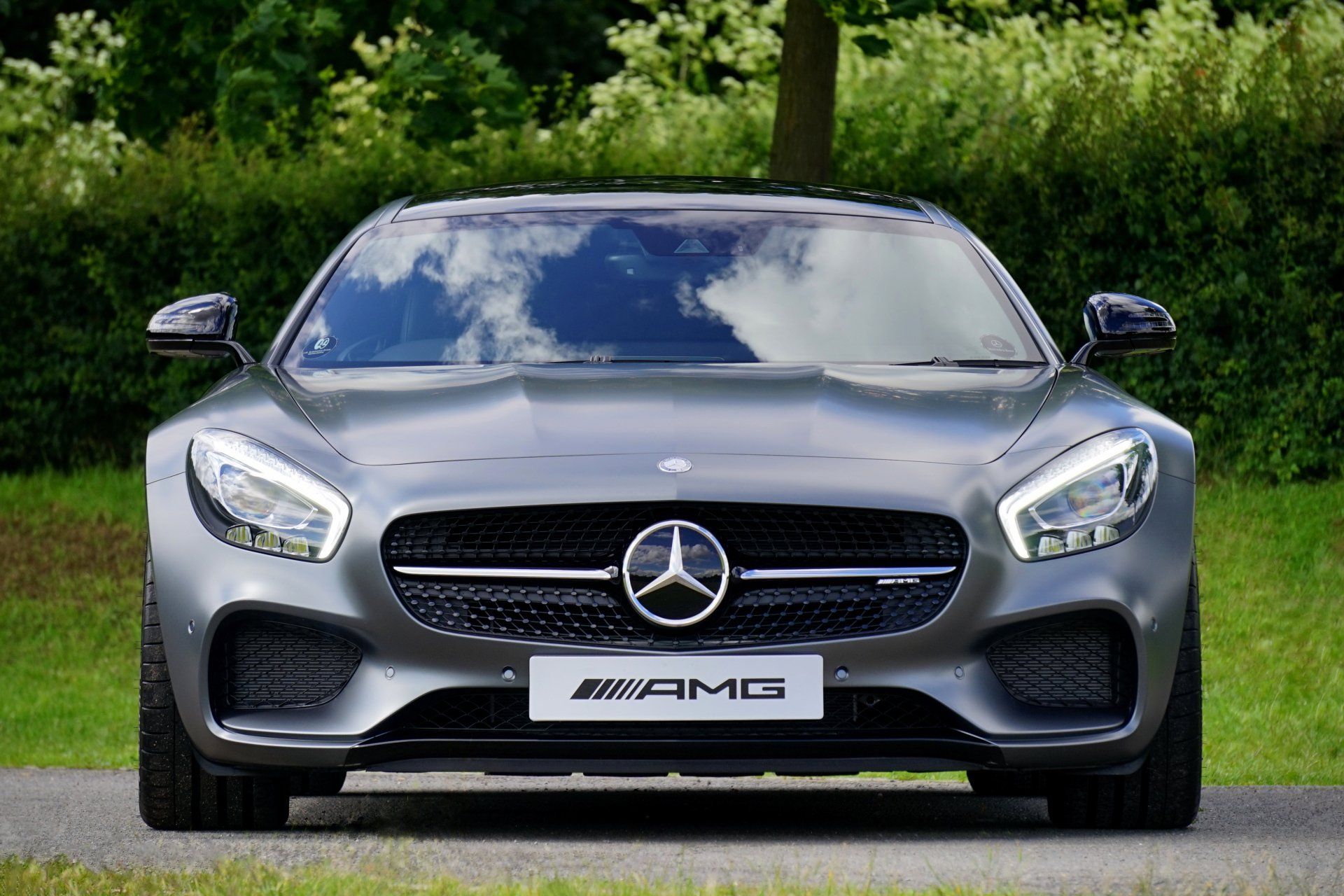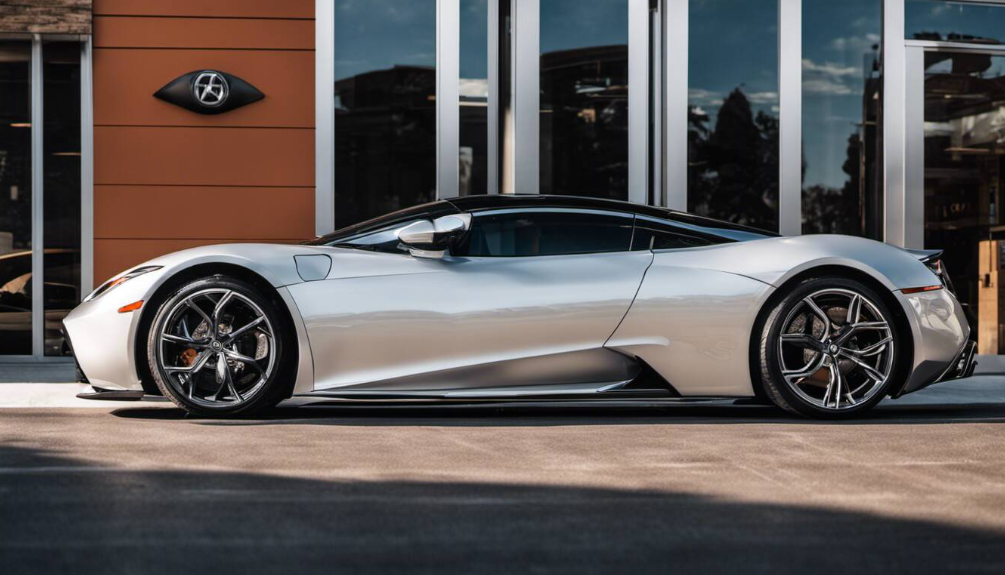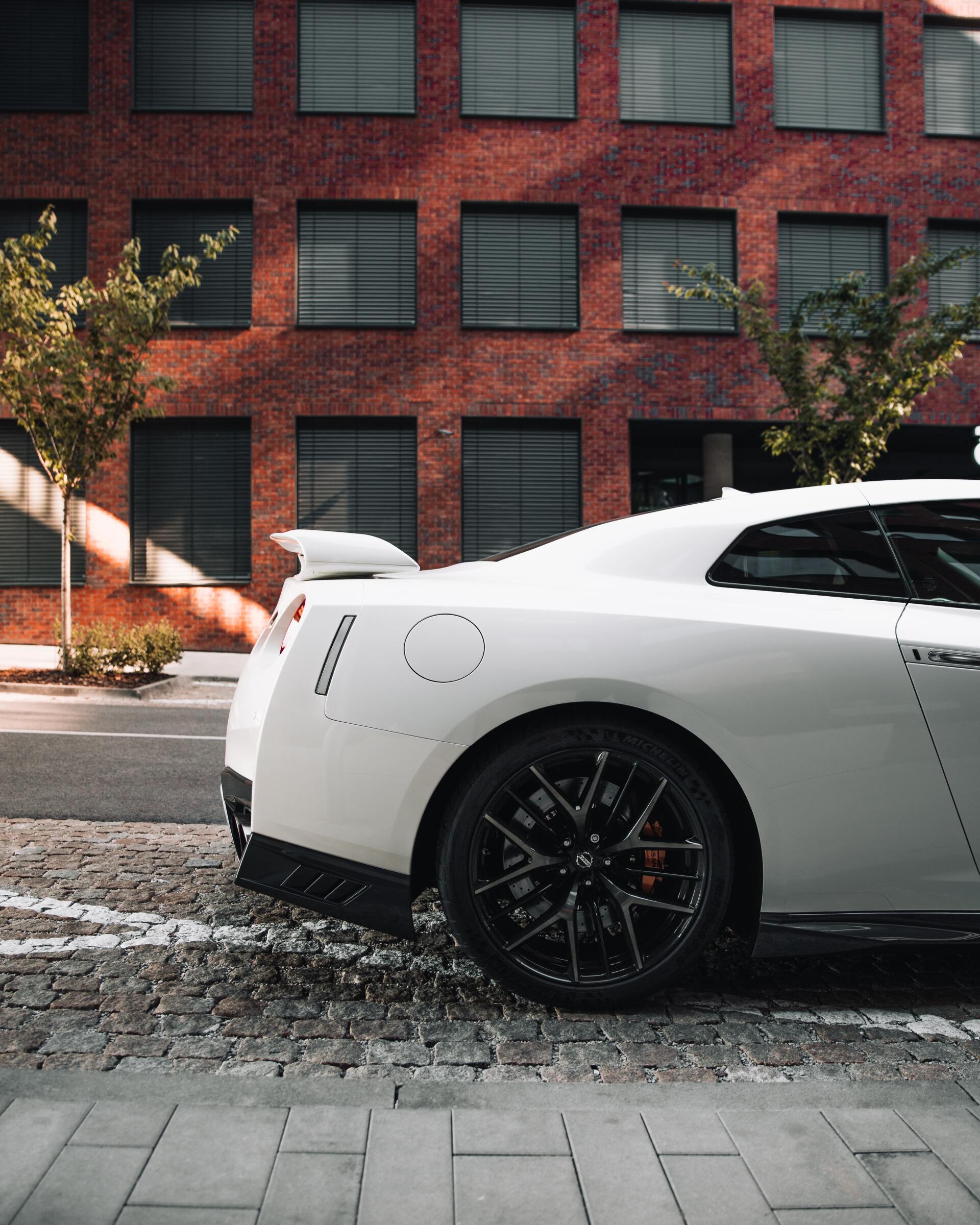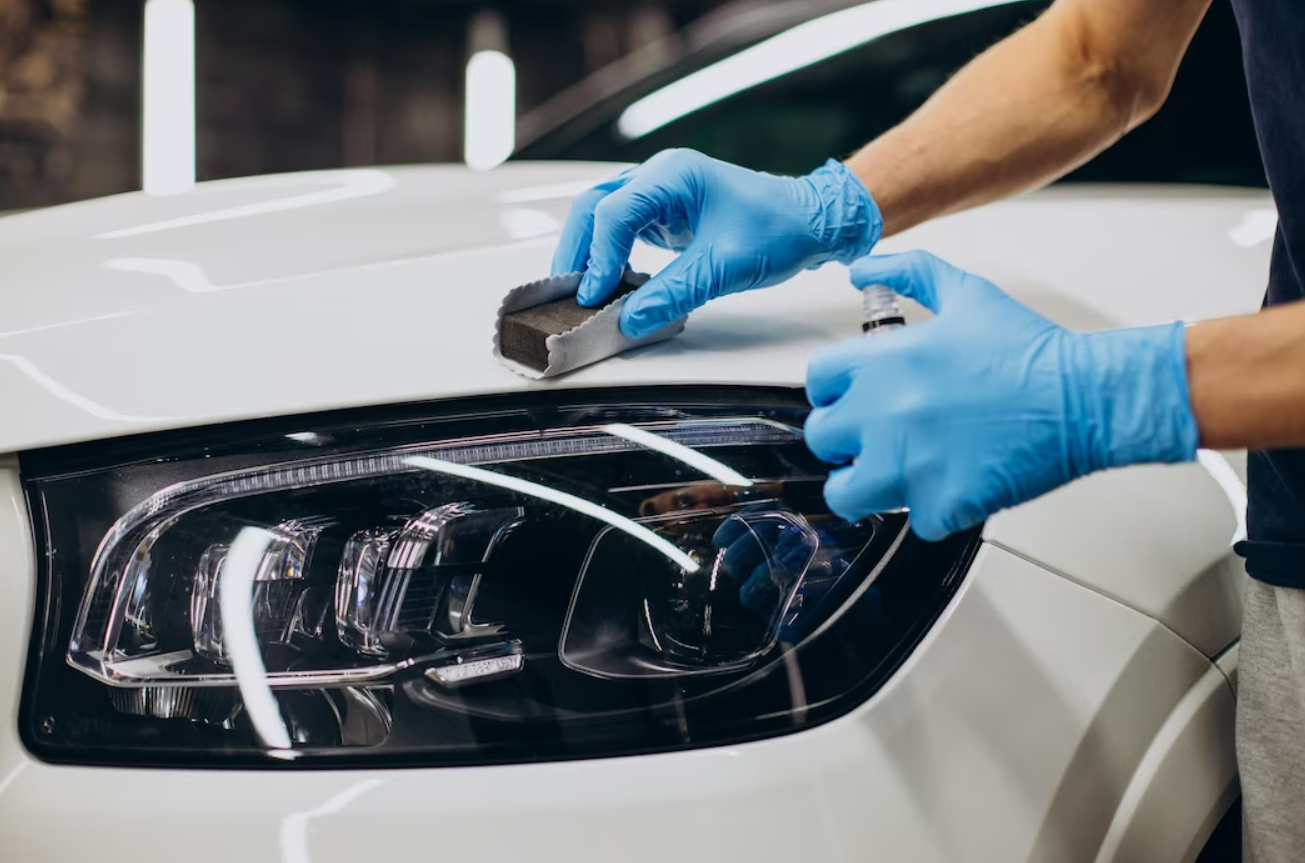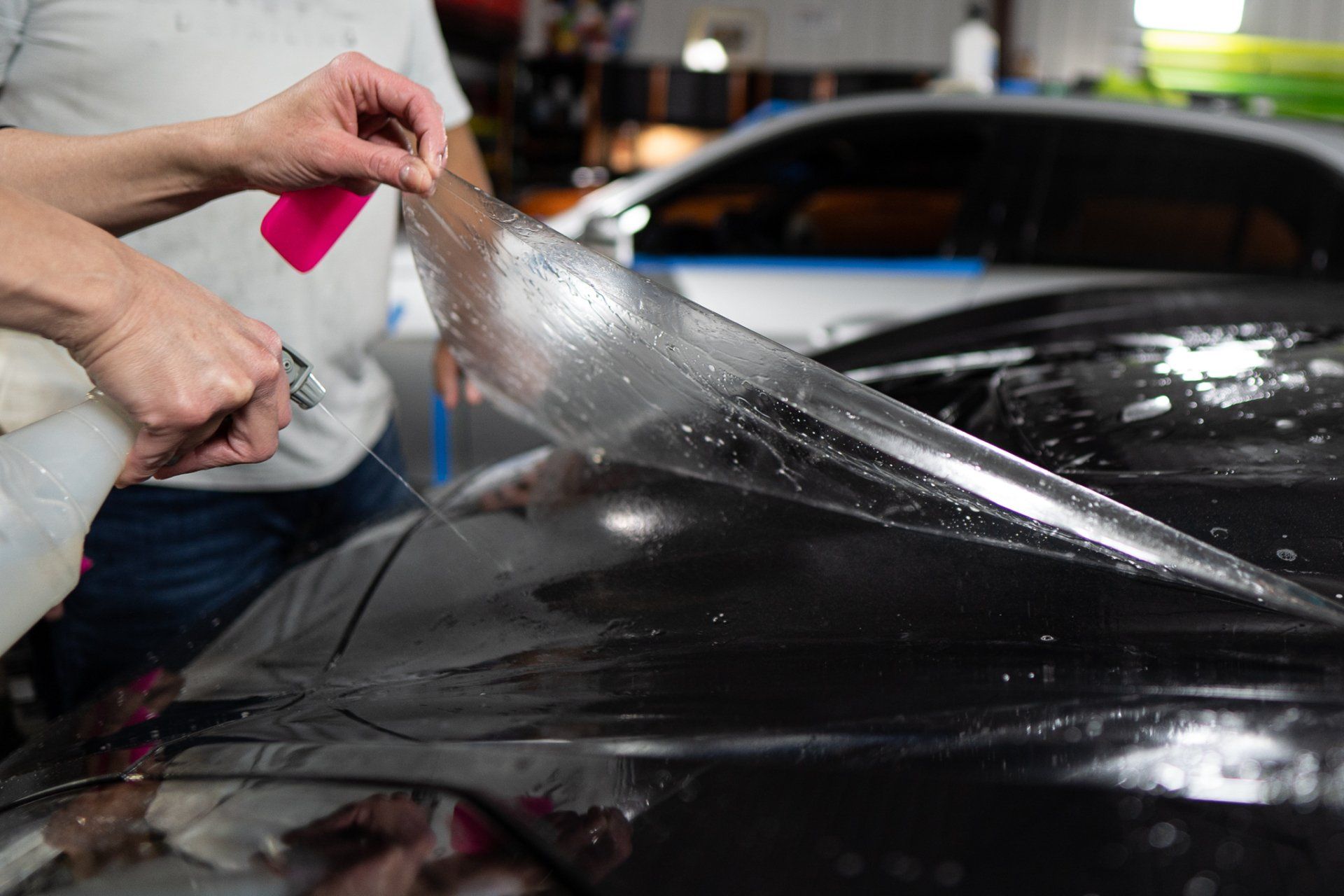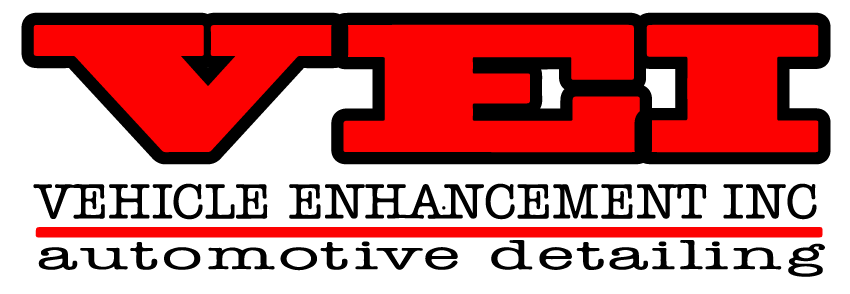How to Maintain Your Paint Protection Film for Longevity
Your paint protection film is like a superhero shield for your beloved vehicle, constantly battling against chips, scratches, and nature's harsh elements. However, even superheroes need some tender-loving care to stay in peak condition. Want to make sure your PPF goes the extra mile and looks its absolute best for years? Stick around as we unpack the secrets of maintaining your paint protection film for enhanced longevity in this 2024 guide. Get ready to revolutionize your car care routine like never before!
The best practices for maintaining paint protection film include regular cleaning with pH-neutral automotive cleaner and a soft microfiber towel, avoiding abrasive brushes or harsh chemicals. It is recommended to hand wash or use touchless car washes instead of automatic car washes. Promptly removing bird droppings, tree sap, and bug splatter using a gentle automotive detailing spray and soft cloth is crucial. Periodically inspecting PPF for wear or damage and addressing any issues promptly is highly recommended. Professional inspections and servicing of paint protection film annually are also advised to ensure optimal protection. Moreover, leave repairs for damaged films to professionals to avoid worsening the problem or compromising the film's integrity.
Selecting the Appropriate Protective Film for Your Car
When it comes to selecting the appropriate protective film for your car, there are several factors to consider. The first step is understanding the different types of films available and their unique features. To ensure optimal protection and longevity, it's crucial to choose a film that aligns with your specific needs and preferences.
Film Types and Their Unique Features
- Clear Paint Protection Film (PPF): This film offers transparent and self-healing properties, making it virtually invisible on your car's surface. It provides excellent protection against scratches, rock chips, and harmful UV rays while preserving the appearance of your vehicle.
- Matte Finish PPF: Ideal for vehicles with matte or satin paint finishes, this film maintains the smooth texture of your car's surface while protecting it from environmental hazards. It helps prevent fading, discoloration, and damage caused by bird droppings, bug splatter, or tree sap.
- Colored PPF: For those seeking a more personalized style, colored PPF offers a range of hues to complement or contrast with your car's original color. This type of film combines customized aesthetics with reliable protection against common hazards.
- Patterned PPF: Patterned films provide an additional layer of creativity by incorporating unique designs or textures onto the protective film surface. These patterns can add visual interest to your vehicle while still delivering the necessary protection.
- Hybrid Films: Combining the advantages of different film types, hybrid films offer versatility and enhanced performance. They may feature a combination of gloss, matte, or colored finishes to suit individual preferences while safeguarding your car against various threats.
It's essential to select a film type that meets your specific needs and preferences. Consider factors such as your car's paint finish, desired level of protection, and aesthetic requirements when making this decision.
Proper Application of the Paint Protection Film
When it comes to ensuring the longevity of your paint protection film (PPF), proper application is crucial. This process involves meticulous attention to detail and a clean working environment. Before applying the PPF, it's important to thoroughly wash and dry the vehicle's surface, ensuring that no dirt or debris is present. A clay bar can also be used to remove any embedded contaminants. Once the surface is clean, follow the manufacturer's instructions for precise fitting and positioning of the film. Taking the time to properly apply the PPF will help ensure its effectiveness in protecting your car's paint.
Essential Tools and Techniques for Proper Maintenance
To maintain your paint protection film and keep it looking its best, there are several essential tools and techniques you should be aware of. First and foremost, regular cleaning using a pH-neutral automotive cleaner is essential. Avoid using harsh chemicals or abrasive brushes that can damage or degrade the film. Instead, opt for soft microfiber towels and gentle cleaning motions to prevent scratching. When drying or wiping off dust, always use soft microfiber towels to minimize the risk of scratching the film. Remember that even though PPF offers protection against minor scratches and rock chips, it is not completely impervious to damage.
Promptly remove bird droppings, tree sap, and bug splatter using a gentle automotive detailing spray and a soft cloth. These substances can potentially stain or etch the film if left on for prolonged periods of time. Periodic inspection of your paint protection film is essential to identify any signs of wear or damage. Addressing these issues promptly can help prevent further deterioration or compromise of the film's integrity. For example, let's say you notice a small tear or scratch in your PPF after some time. It is crucial not to attempt to repair it yourself unless you have specific expertise in handling this type of repair. Instead, consult with a professional who can assess the situation and provide the necessary repairs without compromising the overall effectiveness of the film.
Much like regular maintenance for your car's engine, maintaining your paint protection film requires diligence and attention. It's a small investment in time and effort that can yield significant long-term benefits, protecting your vehicle's appearance and resale value. Remember, professional inspections and servicing of PPF once a year are recommended to ensure optimal protection. Leaving repairs on damaged films to professionals is crucial to avoid worsening the problem or compromising the film's integrity.
Essentials of Maintaining Your Protective Film
To ensure the longevity of your paint protection film (PPF), it is crucial to understand the essentials of proper maintenance. First and foremost, regularly washing your vehicle is essential for preserving the film's appearance and effectiveness. This helps remove dirt, grime, and contaminants that can degrade the film over time. When washing, use a pH-neutral soap and a soft microfiber cloth or sponge to avoid scratching the surface. In addition to regular washing, avoiding harsh chemicals and abrasive materials is vital. Harsh solvents and cleaners can damage the protective film, leading to discoloration or even degradation. Instead, opt for products specifically designed for use on paint protection films.
Be cautious when parking your vehicle in direct sunlight for extended periods, as prolonged exposure to intense UV rays can deteriorate the film. Whenever possible, park in shaded areas or utilize covers that provide additional protection against harmful UV radiation. Lastly, it is crucial to address any damages or imperfections promptly. Even minor scratches or chips should be addressed as soon as possible to prevent further deterioration or potential water intrusion. Regularly inspect the film for any signs of peeling, bubbling, or lifting edges. Any issues should be promptly addressed by professionals to ensure optimal protection.
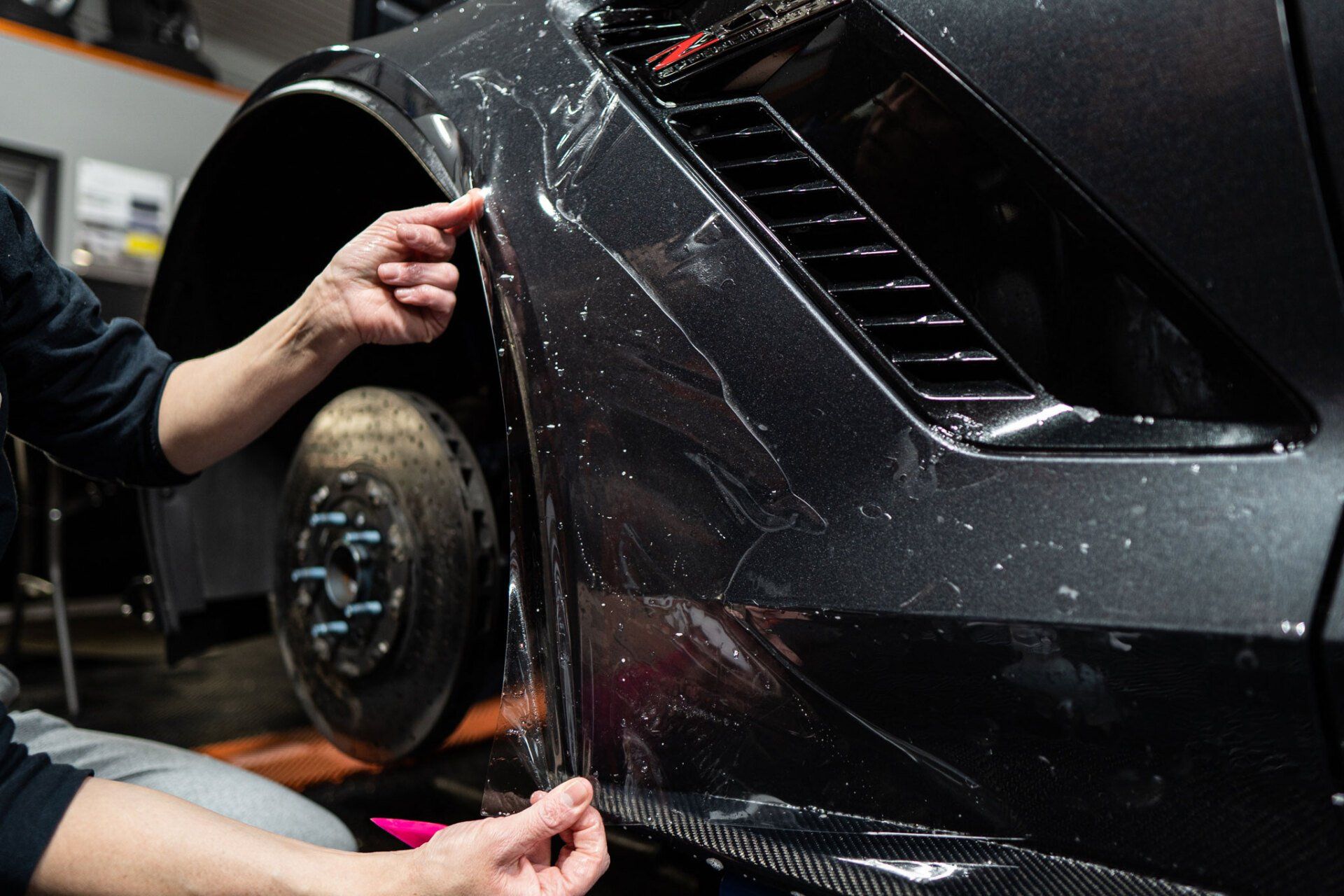
Handling Minor Damages and Professional Servicing
When it comes to maintaining your paint protection film for longevity, taking care of minor damages promptly is crucial. While PPF is designed to withstand scratches and rock chips, it may still encounter some wear and tear over time. Addressing these minor damages can help prevent them from worsening and compromising the integrity of the film.
If you notice any scratches or areas where the PPF has lifted or become damaged, there are a few steps you can take to handle these minor issues. First, if the damage is minimal, you can try using a soft microfiber cloth and a gentle automotive detailing spray to remove any dirt or debris from the affected area. For instance, if you find a small scratch on your PPF, you could lightly wet the area with water, gently rub it with a microfiber cloth using a back-and-forth motion, and then dry the area thoroughly. This may help to improve the appearance of the scratch.
However, in cases where the damage is more severe or beyond your capabilities to repair, it's best to seek professional servicing. Professional technicians have the expertise and tools necessary to properly assess and repair any damages to the PPF. While car owners can handle minor damages on their own, there are some circumstances where getting professional assistance is necessary.
When to Seek Professional Help
There are instances when handling paint protection film (PPF) issues requires professional intervention. Here are some indicators that it's time to seek expert assistance:
- Extensive damage: If your PPF has suffered extensive damage, such as large tears, deep scratches, or significant lifting, it's best to consult a professional. These types of damages may require more specialized tools and techniques for repair.
- Lack of knowledge or experience: If you're unsure about how to properly handle a particular issue with your PPF or don't have the necessary expertise, it's wise to entrust the job to professionals who have extensive knowledge and experience in working with PPF.
- Concerns about warranties: If your car is still under warranty and professionals installed the PPF, asking for their assistance will ensure that any repairs or servicing maintain the warranty coverage.
- Regular maintenance and inspections: Even if your PPF appears to be in good condition, periodic professional inspections and servicing are recommended to ensure optimal protection. Professionals can identify potential problems early on and provide appropriate solutions.
Remember, attempting complex repairs without the right skills or knowledge can potentially worsen the issue or compromise the integrity of the film. For peace of mind and the best results, it's often advisable to let professionals handle more significant damages or intricate repairs.
Professional Paint Protection Film Service in Dayton, OH
Ensure your vehicle maintains its pristine appearance with Vehicle Enhancement Inc.,
Dayton's leading provider of comprehensive paint protection film services. Specializing in expert installation, replacement, and maintenance, our skilled technicians offer tailored solutions designed to shield your car from chips, scratches, and environmental wear. With a commitment to excellence and customer satisfaction, we utilize premium materials and cutting-edge techniques to deliver lasting protection and aesthetic enhancement. Whether you're looking to preserve your new vehicle's finish or rejuvenate an older model, Vehicle Enhancement Inc. is your trusted partner for all paint protection film needs in Dayton, OH. Don't leave your vehicle's appearance to chance; schedule your consultation today and experience the unparalleled quality and craftsmanship that define Vehicle Enhancement Inc.
